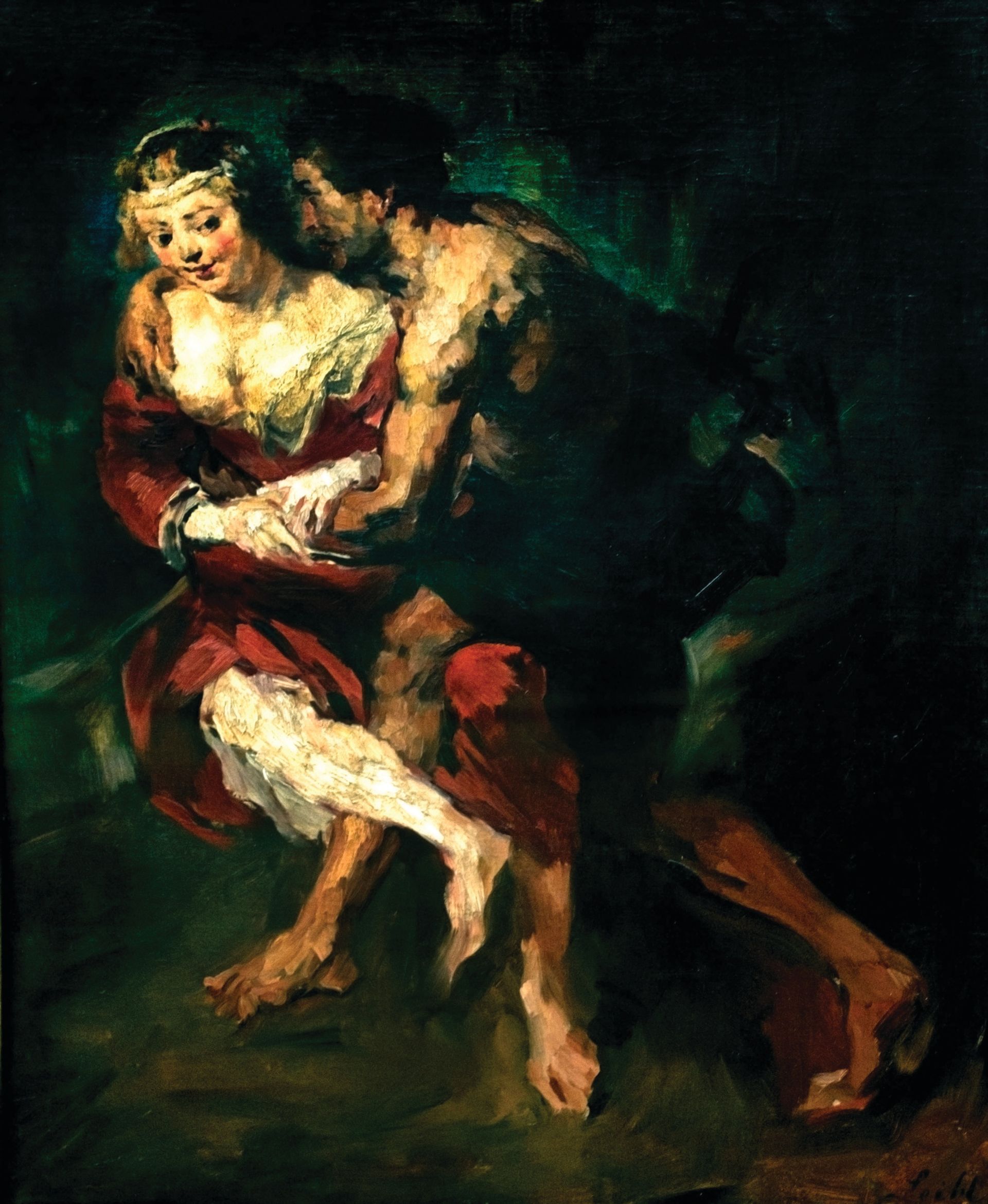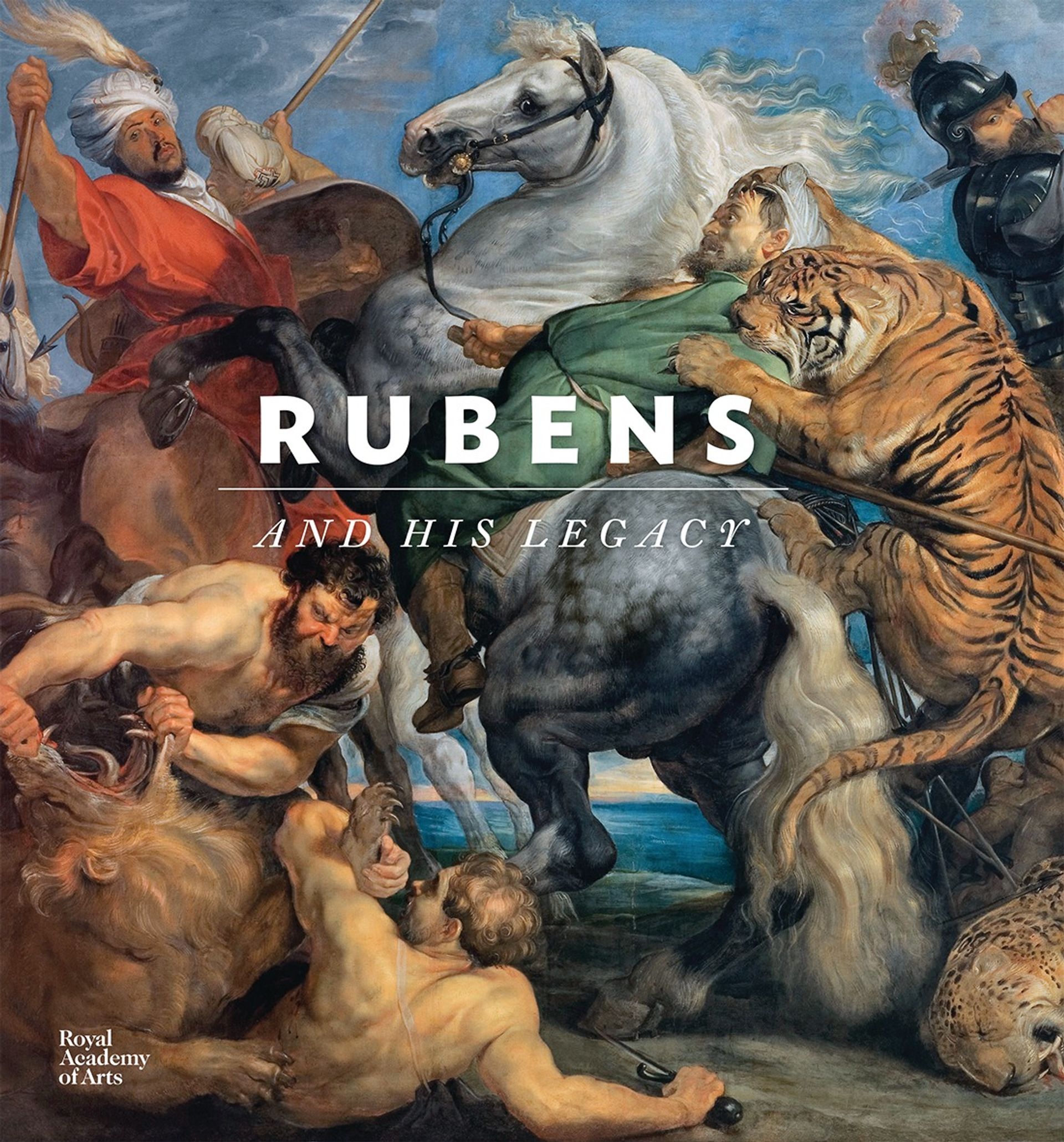The word “legacy” is at the heart of any understanding of the past. Without it there can be no narratives, no consequences, no ancestry. One may consider looking forward to be perilous, but hindsight seems both easy and common—a reliable prop whenever one tells a story or explains why some assumption has taken hold. And what is true in general has a particular relevance for the arts.
Harold Bloom, in The Anxiety of Influence, made the connection fundamental to the creative life. Nobody works alone; always there is the awareness of, even the struggle with, those who came before. Bloom’s subject was poetry, but if the argument is applied to the visual arts, the case is irrefutable. Leaving aside such obvious instances as the discovery of the Laocoön in Rome in 1506, and the subsequent flurry of echoes of the sculpture, it is almost a cliché to find reflections of antecedents in works of art. Originality does not exclude homage.
What this situation leads to is a double criterion for judgment in historical and critical studies. On the one hand is the assessment of achievement: by what standards, and on what grounds, should we identify the qualities that mark an artist’s body of work or even a single work? On the other hand is the assessment of influence: regardless of the conclusions reached about the first set of criteria, is there a clear path from this artist to successors? Can we see the thumbprint of the master in generations to come? The first is often a matter of taste. In the history of European painting there is hardly a major figure, let alone a minor one, who has not suffered from periods of neglect or dismissal. The second, however, is a matter of research. Finding traces of a predecessor depends on documentation, close study and perception.
Few painters loom as large in the second category as Peter Paul Rubens. Almost impervious to changes in taste, he hovers over nearly every generation since his own, admired for virtues that ranged from his use of colour to his evocation of atmosphere. He was himself an avid copyist of those who preceded him—notably Raphael, Romano and Titian—and he inspired dozens who came after. It is a daunting task, therefore, to mount an exhibition and prepare a catalogue entitled Rubens and His Legacy.
Part of the problem is the very versatility that enabled Rubens to appeal to so many different kinds of artists. He was not only prolific, but also took on all the subjects of his day, from portraiture to landscapes. Even the practitioners of a genre not obviously suited to his vigorous style, the still-life, could draw lessons from his garlands of fruits and flowers. The result is an abundance of topics that have to be reduced to graspable categories if anything like a coherent picture is to emerge.
The solution that the organisers of the recent exhibition at the Royal Academy, London (closed 10 April), and the authors of the catalogue have reached is to divide Rubens’s output into six basic themes: violence (history paintings of both myth and faith, together with depictions of hunts); power (celebrations of Europe’s princely courts); lust (fleshy nudes, usually in myths); compassion (religious works); elegance (portraiture); and poetry (mainly landscapes). The divisions are not always clear-cut. Where, for example, should one place Landscape with St George and the Dragon (1630-35)? The central figures are clearly the king and queen of England; there are gesticulating mythological figures all around; and yet, for all the large characters in the scene, the feeling Rubens conveys is of a vast and lush landscape—the category that Tim Barringer, author of an essay in the catalogue, has chosen.

It has to be said that these divisions are far more comprehensible and solidly supported in the book than they were in the exhibition. The latter was also a much weaker means of convincing the viewer that a creator of masterpieces (namely Rubens) was also able to inspire masterpieces. The book makes this second case with a wealth of illustrations, which are capable of suggesting—as a limited set of physical loans could not—the quality and range of the paintings, drawings and engravings that shaped and reflected themes and approaches across the centuries.
Long memories
What makes the comparisons so fascinating is that there is no need to demonstrate an immediate encounter between past and present. Artists have long memories: when Rubens, in his Horrors of War (around 1638), revealed a debt to a painting by Giulio Romano, it had been some 30 years since he had seen it in Mantua. Similarly, artists such as Watteau and Delacroix are so suffused with references to their Flemish predecessor that their visits to particular collections or their familiarity with particular works seem almost self-evident.
Nevertheless, much of the research that lies behind the essays in Rubens and His Legacy consists of precisely this kind of documentation—a lecture by Constable, for instance, or a letter by Falconnet offer evidence of direct contact. Far more telling, however, are the visual traces. Here the authors have to pick and choose, because few European artists have been immune to Rubens’s presence during the centuries since he died. That his own students, Van Dyck and Jordaens, were acolytes is no surprise. But it is also the case that many of the 18th-century portraitists are here: Gainsborough, Lawrence, Vigée Le Brun, Reynolds, all showing what they had learned from Rubens. Much the same is true of their contemporaries among the landscape artists —whose inspiration has been learnedly and precisely explored in Corina Kleinert’s Peter Paul Rubens (1577-1640) and his Landscapes: Ideas on Nature and Art. Of special interest here is the universality: although it is no surprise to come across an admirer like Constable, it is less predictable to discover that a critic like Turner was sufficiently impressed, despite his reservations, to join the company.
Manet revealed that Rubens was still a force in the 19th century, as did Renoir and Cézanne. What is less expected is the connection to Modern artists, represented here by Lovis Corinth, Oskar Kokoschka, Wyndham Lewis and Ivon Hitchens. No less a figure than Pablo Picasso, despite his disdain for what he considered the “courtier” painters of the 17th century, is shown to reflect the Fleming’s influence.
If at times these essays seem almost to be overviews of Western art, that is because their subject matter is indeed so all-embracing. The artists whose names crop up, whether it be Goya or Géricault, are all essential representatives of the history of European painting. If at times the contributors to this volume make more of Rubens the diplomat than is warranted by his peripheral role in international relations, they do not exaggerate his importance to the generations of painters who followed him. Like just a handful of the powerful presences of the last 800 years, from Giotto to Cézanne, it is not solely his achievement that defines his importance; it is also the legacy that has kept him alive ever since his own exuberant career came to an end.

Rubens and His Legacy
Nico van Hout and Alexis Merle du Bourg, eds
Royal Academy of Arts, 352pp, £30 (hb)

Peter Paul Rubens (1577-1640) and his Landscapes: Ideas on Nature and Art
Corina Kleinert
Brepols Publishers, 397pp, €120 (hb)
Theodore K. Rabb is the emeritus professor of history at Princeton University. A specialist in Early Modern Europe, he is a frequent contributor to The Art Newspaper and the Times Literary Supplement. His most recent book is The Artist and the Warrior.

